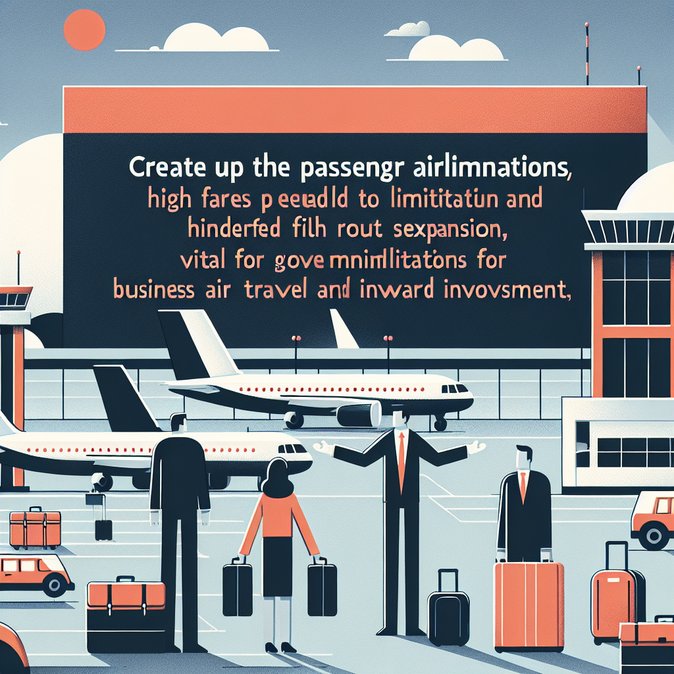
Low-cost carrier Ryanair has escalated its campaign against what it calls the “unlawful” passenger cap at Dublin Airport, issuing a sharply worded statement on 19 November 2025 after daa confirmed throughput had already exceeded the 32 million limit with six weeks of the year still to run.
Ryanair CEO Michael O’Leary claims the cap—introduced under planning-permission conditions more than a decade ago—now threatens Ireland’s post-pandemic tourism rebound and the country’s ability to attract new routes and investment. The airline argues that the High Court’s temporary suspension of the limit earlier this year was only a stop-gap and that formal legislative action is needed before the 2026 summer-schedule filing deadlines.
![Ryanair urges government to scrap Dublin Airport’s 32 million passenger cap]()
For business travellers and corporate mobility planners the stakes are tangible. Slot scarcity at the state’s main gateway has already driven up fares on peak-time services between Dublin and key European hubs. Ryanair cites multiple London–Dublin flights this autumn that hit €450 one-way. Sustained capacity constraints could also undermine Ireland’s attractiveness as an EMEA headquarters location, given multinationals’ reliance on predictable, competitively priced air links.
The Taoiseach’s office has yet to comment, but coalition backbenchers from both Fine Gael and Fianna Fáil have signalled support for reviewing the cap, provided environmental-impact commitments are met. Transport analysts note that any repeal will require updated noise-mitigation plans and community consultation around flight-path changes.
In the meantime companies should monitor seat-inventory trends for Q1 and Q2 2026. If the cap remains in legal limbo, travel buyers may need to secure block bookings earlier than usual or route passengers through Shannon or Belfast to guarantee availability.
Ryanair CEO Michael O’Leary claims the cap—introduced under planning-permission conditions more than a decade ago—now threatens Ireland’s post-pandemic tourism rebound and the country’s ability to attract new routes and investment. The airline argues that the High Court’s temporary suspension of the limit earlier this year was only a stop-gap and that formal legislative action is needed before the 2026 summer-schedule filing deadlines.

For business travellers and corporate mobility planners the stakes are tangible. Slot scarcity at the state’s main gateway has already driven up fares on peak-time services between Dublin and key European hubs. Ryanair cites multiple London–Dublin flights this autumn that hit €450 one-way. Sustained capacity constraints could also undermine Ireland’s attractiveness as an EMEA headquarters location, given multinationals’ reliance on predictable, competitively priced air links.
The Taoiseach’s office has yet to comment, but coalition backbenchers from both Fine Gael and Fianna Fáil have signalled support for reviewing the cap, provided environmental-impact commitments are met. Transport analysts note that any repeal will require updated noise-mitigation plans and community consultation around flight-path changes.
In the meantime companies should monitor seat-inventory trends for Q1 and Q2 2026. If the cap remains in legal limbo, travel buyers may need to secure block bookings earlier than usual or route passengers through Shannon or Belfast to guarantee availability.










